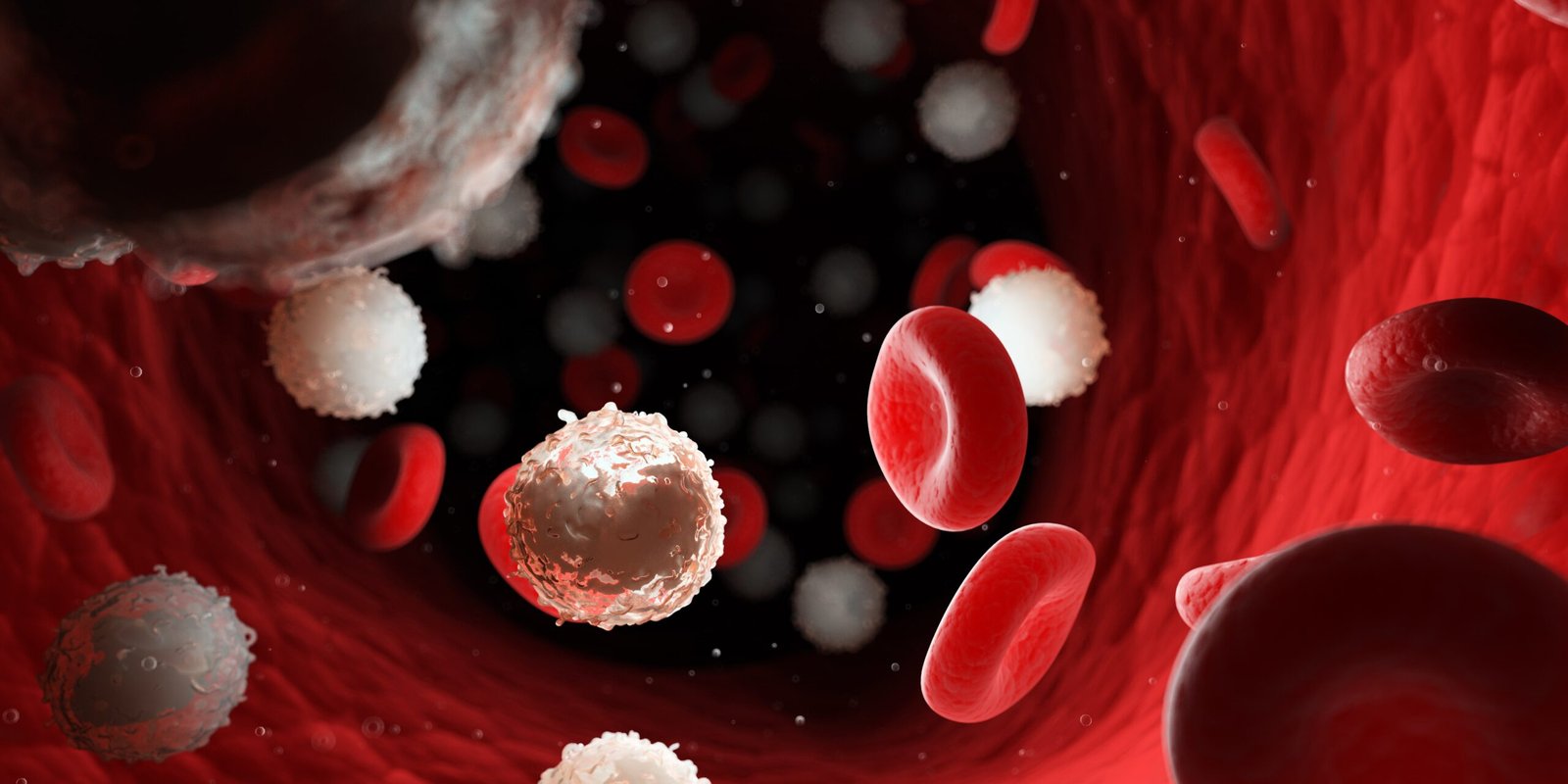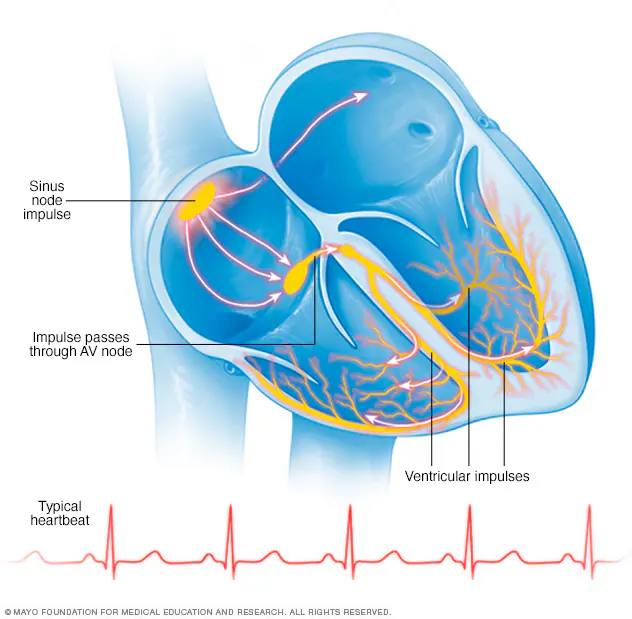Meningitis is a serious infection that targets the meninges, the vital protective barriers encasing the brain and spinal cord. When meningitis strikes, it unleashes a torrent of inflammation, causing the meninges to balloon and compress the sensitive neural structures. If not swiftly addressed, this relentless infection can inflict lasting harm on the central nervous system, culminating in severe symptoms, permanent damage, or even fatalities.

Reference: Meningitis
Types of Meningitis
Meningitis is a complex and formidable disease, manifesting in various forms with distinct causes and consequences.
Bacterial Meningitis
Bacterial meningitis unfolds when pathogens like Neisseria meningitidis, Streptococcus pneumoniae, or Haemophilus influenzae launch a stealthy attack on the meninges, provoking a fierce immune response. This bacterial invasion often originates in the throat and nose, before spreading to the bloodstream and ultimately infecting the meninges.
Viral Meningitis
Viral meningitis is precipitated by enteroviruses, herpesviruses, or influenza viruses, which infiltrate the meninges and trigger a defensive immune reaction. Transmission occurs through contact with contaminated feces, respiratory droplets, or skin lesions, highlighting the importance of vigilant hygiene practices.
Fungal Meningitis
Fungal meningitis is a rare yet lethal infection, caused by fungi like Cryptococcus neoformans or Candida albicans, which insidiously enter the body through the lungs or skin. Once inside, they migrate to the meninges, unleashing an intense inflammatory response.
Parasitic Meningitis
Parasitic meningitis is an uncommon yet devastating infection, caused by parasites like Naegleria fowleri or Acanthamoeba. These parasites enter the meninges through contaminated water or soil, setting off a catastrophic inflammatory response.
Causes
Infectious Causes:
- Bacterial Meningitis: Neisseria meningitidis, Streptococcus pneumoniae, Haemophilus influenzae, and Listeria monocytogenes.
- Viral Meningitis: Enteroviruses, Herpesviruses, Influenza viruses, and Arboviruses.
- Fungal Meningitis: Cryptococcus neoformans, Candida albicans, and Aspergillus spp.
- Parasitic Meningitis: Naegleria fowleri, Acanthamoeba, and Plasmodium falciparum.
Non-Infectious Causes:
- Head Trauma: Skull fractures and penetrating head injuries.
- Cancer: Leukemia, lymphoma, and brain tumors.
- Medications: Non-steroidal anti-inflammatory drugs (NSAIDs) and immunosuppressants.
- Autoimmune Disorders: Rheumatoid arthritis, lupus, and multiple sclerosis.
- Chemical Irritation: Exposure to chemicals like lead, mercury, or arsenic.
Other Factors:
- Age: Infants, children, and young adults are more susceptible.
- Weakened Immune System: HIV/AIDS, cancer, and immunosuppressive therapy.
- Close Contact: Household members, daycare attendees, and military personnel.
- Seasonality: Viral meningitis peaks in summer and fall.
- Geography: Certain regions have higher incidence rates, such as the “meningitis belt” in Africa.
Symptoms and Diagnosis
Meningitis can show with a run of indications, counting sudden and extreme cerebral pains, solid neck and beratement, fever, and chills. Perplexity, confusion, and modified awareness may moreover happen, along with queasiness, heaving, and affectability to light. In extreme cases, seizures and writhings can happen, and shortcoming, deadness, or loss of motion may influence the confront, arms, or legs.
Diagnosing the neurological infection requires a comprehensive approach, combining physical examination, therapeutic history, and research facility tests. A lumbar cut, or spinal tap, is performed to collect cerebrospinal liquid (CSF) for investigation. The CSF is inspected for signs of contamination, irritation, and dying, whereas blood tests identify bacterial or viral diseases. Imaging ponders like CT or MRI filtersrun the show out other conditions, and a physical examination evaluates for signs of meningismus, such as neck firmness and Brudzinski’s sign. Early determination and provoke treatment are significant to avoid complications and make strides results.

Reference: Signs and Symptoms
Treatment
Meningitis treatment shifts depending on the basic cause.
For bacterial meningitis, anti-microbial treatment is pivotal, focusing on the particular bacterial strain. Strong care measures incorporate liquid substitution, oxygen treatment, torment administration, and near observing of crucial signs and neurological function.
Viral meningitis treatment centers on strong care, counting liquid substitution, torment administration, rest, and unwinding. Antiviral medicines may be endorsed for particular viral strains, such as herpesvirus.
Fungal meningitis requires antifungal drugs, such as amphotericin B or fluconazole, along with strong care measures like liquid substitution and torment management.
Parasitic meningitis treatment includes antiparasitic medicines, such as miltefosine or sulfadiazine, went with by strong care measures.
Additional medications may incorporate corticosteroids to diminish aggravation, seizure control medicines if essential, and near checking to oversee potential complications. Incite restorative consideration is fundamental for compelling treatment and ideal results.
Prevention
Avoiding the meningeal disease requires a multi-faceted approach that incorporates immunization, disease control, solid propensities, chance mindfulness, and provoke therapeutic consideration. Getting inoculated against bacterial meningitis is a significant step, with immunizations accessible against meningococcal, pneumococcal, and Haemophilus influenzae sort b. In expansion to immunization, practicing great cleanliness such as visit handwashing and maintaining a strategic distance from near contact with people appearing side effects of ailment can offer assistance avoid the spread of disease. Keeping up a solid way of life, counting a adjusted count calories, standard physical movement, and adequate rest, can too offer assistance boost the safe framework and diminish the hazard of disease. Being mindful of the dangers and indications of neurological infection, especially for high-risk bunches such as youthful grown-ups, military faculty, and people with compromised safe frameworks, is basic.

Reference: Prevention Strategy
The annihilating brain and spinal rope disease that kindles the defensive films can be avoided and treated with incite restorative consideration, inoculation, and a solid way of life. By understanding the dangers and indications of this life-threatening condition, people can take proactive steps to secure themselves and their adored ones. With the accessibility of viable antibodies and medications, it is fundamental to stay watchful and look for restorative offer assistance promptly if indications emerge. By working together, we can diminish the frequency of this weakening contamination and move forward results for those influenced.




